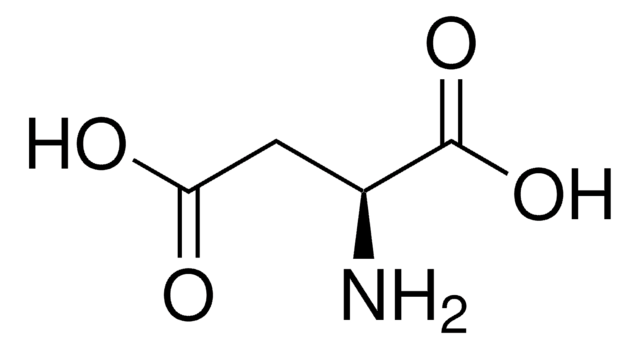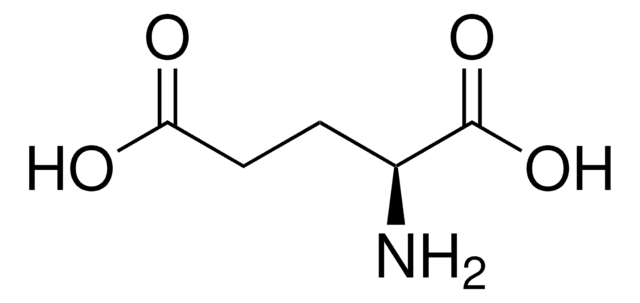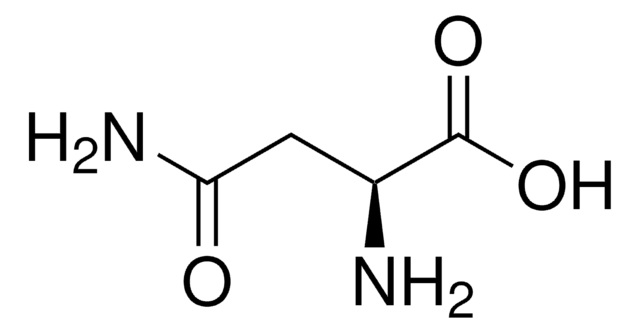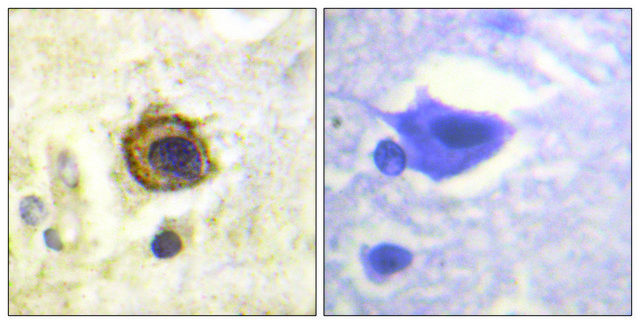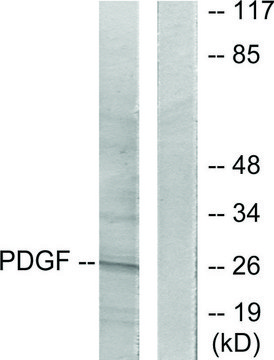05-1135
Anti-PDGFR Antibody, clone CH-3
clone CH-3, from mouse
Synonym(s):
Platelet Derived Growth Factor Receptor Beta, PDGF-R-beta, PDGFR-beta, Beta platelet-derived growth factor receptor, Beta-type platelet-derived growth factor receptor, CD140 antigen-like family member B, Platelet-derived growth factor receptor 1, PDGFR-1
About This Item
Recommended Products
biological source
mouse
Quality Level
antibody form
purified immunoglobulin
antibody product type
primary antibodies
clone
CH-3, monoclonal
species reactivity
human, mouse
species reactivity (predicted by homology)
rat
packaging
antibody small pack of 25 μg
technique(s)
ELISA: suitable
immunohistochemistry: suitable (paraffin)
western blot: suitable
isotype
IgG1
1 of 4
This Item | SAB4502148 | SAB4502136 | SAB5600114 |
|---|---|---|---|
| clone CH-3, monoclonal | clone polyclonal | clone polyclonal | clone RM303, monoclonal, recombinant monoclonal |
| antibody form purified immunoglobulin | antibody form affinity isolated antibody | antibody form affinity isolated antibody | antibody form purified immunoglobulin |
| species reactivity human, mouse | species reactivity mouse, human, rat | species reactivity mouse, human, rat | species reactivity human |
| biological source mouse | biological source rabbit | biological source rabbit | biological source - |
| Gene Information human ... PDGFRB(5159) | Gene Information human ... PDGFRB(5159) | Gene Information human ... PDGFB(5155) | Gene Information human ... PDGFRB(5159) |
| technique(s) ELISA: suitable, western blot: suitable, immunohistochemistry: suitable (paraffin) | technique(s) ELISA: 1:1000, immunofluorescence: 1:100-1:500, immunohistochemistry: 1:50-1:100, western blot: 1:500-1:1000 | technique(s) ELISA: 1:10000, western blot: 1:500-1:1000 | technique(s) immunohistochemistry: 1:500-1:1000, western blot: 1:250-1:500 |
General description
Immunogen
Application
Immunohistochemistry(paraffin): Representative images from a previous lot.
Optimal Staining of PDGF-A With Citrate pH 6.0 Epitope Retrieval: Rat Brain
Signaling
Apoptosis & Cancer
Growth Factors & Receptors
Quality
Western Blot Analysis: 1:500 dilution of this lot detected PDGFR on 10 μg of Jurkat lysates.
Target description
Linkage
Physical form
Storage and Stability
Analysis Note
Jurkat cell lysate
Other Notes
Disclaimer
Not finding the right product?
Try our Product Selector Tool.
Storage Class Code
10 - Combustible liquids
WGK
WGK 2
Flash Point(F)
Not applicable
Flash Point(C)
Not applicable
Certificates of Analysis (COA)
Search for Certificates of Analysis (COA) by entering the products Lot/Batch Number. Lot and Batch Numbers can be found on a product’s label following the words ‘Lot’ or ‘Batch’.
Already Own This Product?
Find documentation for the products that you have recently purchased in the Document Library.
Protocols
Separation of Acetone; Acetic acid; Propionic acid; Ethyl butyrate; Ethanol; Isoamyl acetate; Isobutyric acid; 3-Methyl-2-butanol; Methyl acetate; 1-Propanol; Acetal, ≥98%, FG; 2-Methyl-1-pentanol; Butyl acetate; Ethyl propionate; 3-Pentanol; 2-Pentanol, 98%; Ethyl isobutyrate; Isobutyl acetate; Acetaldehyde; Furfural; Butyric acid; Methanol; Ethyl acetate
Our team of scientists has experience in all areas of research including Life Science, Material Science, Chemical Synthesis, Chromatography, Analytical and many others.
Contact Technical Service